
Copernical Team
Cosmonauts complete first spacewalk of 2022 to prepare Russian ISS segment
 Two Russian cosmonauts completed the first spacewalk of 2022 outside the International Space Station to perform tasks that will allow spacecraft to dock with a new Russian segment.
Anton Shkaplerov and Pyotr Dubrov, of the Russian space agency Roscosmos, spent seven hours, 11 minutes outside the space station after exiting just after 7 a.m. EST.
The pair installed handrails, ante
Two Russian cosmonauts completed the first spacewalk of 2022 outside the International Space Station to perform tasks that will allow spacecraft to dock with a new Russian segment.
Anton Shkaplerov and Pyotr Dubrov, of the Russian space agency Roscosmos, spent seven hours, 11 minutes outside the space station after exiting just after 7 a.m. EST.
The pair installed handrails, ante Russian cosmonauts conduct EVA to complete Nauka Lab Module integration to ISS
 Russia launched the multipurpose laboratory module "Nauka" from the Baikonur cosmodrome on 21 July and it docked at the ISS on 29 July.
Watch a live broadcast from the International Space Station (ISS) as Roscosmos astronauts Anton Shkaplerov and Pyotr Dubrov are performing a spacewalk to integrate the Nauka multipurpose laboratory module into the Russian segment of the ISS.
The modu
Russia launched the multipurpose laboratory module "Nauka" from the Baikonur cosmodrome on 21 July and it docked at the ISS on 29 July.
Watch a live broadcast from the International Space Station (ISS) as Roscosmos astronauts Anton Shkaplerov and Pyotr Dubrov are performing a spacewalk to integrate the Nauka multipurpose laboratory module into the Russian segment of the ISS.
The modu Grounded: First Flight Delay Due to Inclement Weather on Another World
 The atmosphere of Mars is much less dense than Earth's; however, the Mars climate shares many similarities to Earth: seasons, changing winds, ice clouds, and dust storms, among others. Predicting weather events, as is true for Earth, is always an uncertain endeavor. In preparing for Flight 19, we found out that unexpected Mars weather can result in a familiar and unfortunate scenario here on Ear
The atmosphere of Mars is much less dense than Earth's; however, the Mars climate shares many similarities to Earth: seasons, changing winds, ice clouds, and dust storms, among others. Predicting weather events, as is true for Earth, is always an uncertain endeavor. In preparing for Flight 19, we found out that unexpected Mars weather can result in a familiar and unfortunate scenario here on Ear One Year into the Biden Administration, NASA Looks to Future
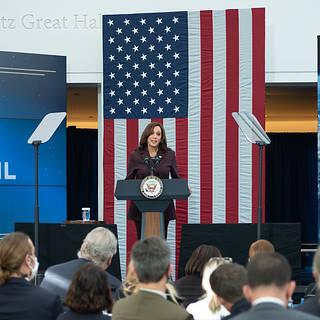 Over the past year, NASA has made valuable contributions to Biden-Harris Administration’s goals – leading on the global stage, addressing the urgent issue of climate change, creating high paying jobs, and inspiring future generations.
Over the past year, NASA has made valuable contributions to Biden-Harris Administration’s goals – leading on the global stage, addressing the urgent issue of climate change, creating high paying jobs, and inspiring future generations. NASA's Curiosity rover measures intriguing carbon signature on Mars
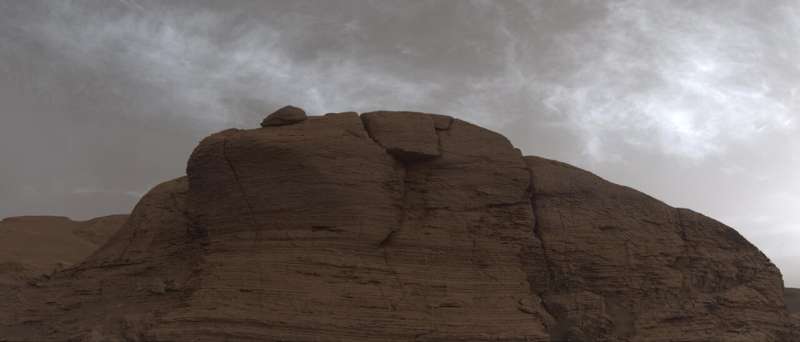
New automatic control technique uses spacecraft solar panels to reach desired orbit at Mars

A satellite on a science mission to Mars aims for a low-altitude orbit, but the lower the orbit, the more propellant is required to enter orbit when arriving from Earth. To save propellant, a technique called aerobraking uses a small propulsive maneuver for orbit insertion to enter a large orbit; the satellite then makes many passes through the upper atmosphere, using drag on the solar panels to reduce the size of the orbit a little bit each pass until the orbit is the desired size for science operations.
Watch: Matthias Maurer in-flight call to World Economic Forum
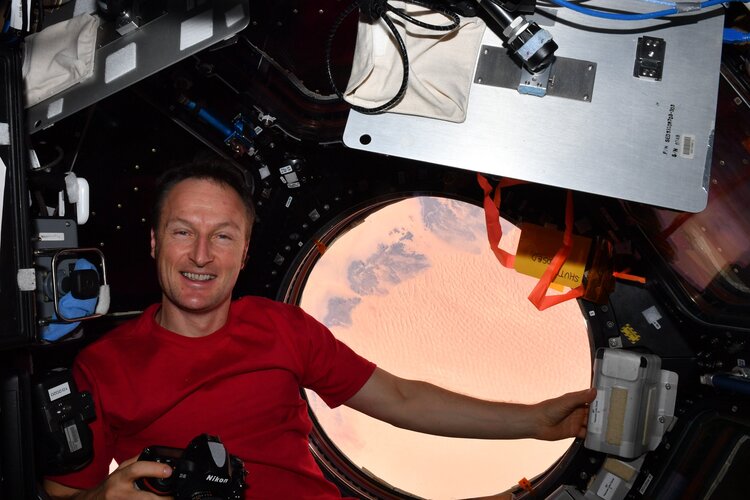
Join ESA astronaut Matthias Maurer on Thursday, 20 January, in a live call from the International Space Station, from 14:00 GMT/15:00 CET, talking with prominent experts and industry leaders, to explore how space research can improve life on our planet.
Wanted: recycling methods to keep astronauts alive
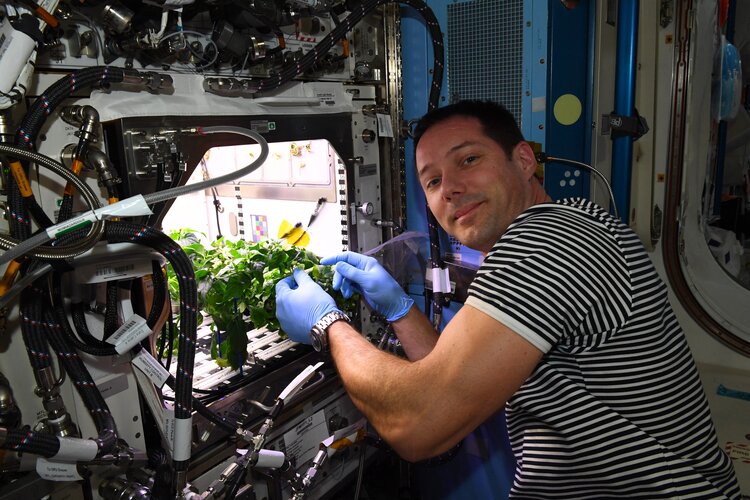
It took a crop of potatoes to keep Matt Damon alive on the red planet in The Martian. And in future, real life astronauts on the Moon and Mars will have to be gardeners, farmers and expert recyclers as well as explorers. Do you have promising ideas that might help them to get by in space on next to no resources?
Crash test dummy
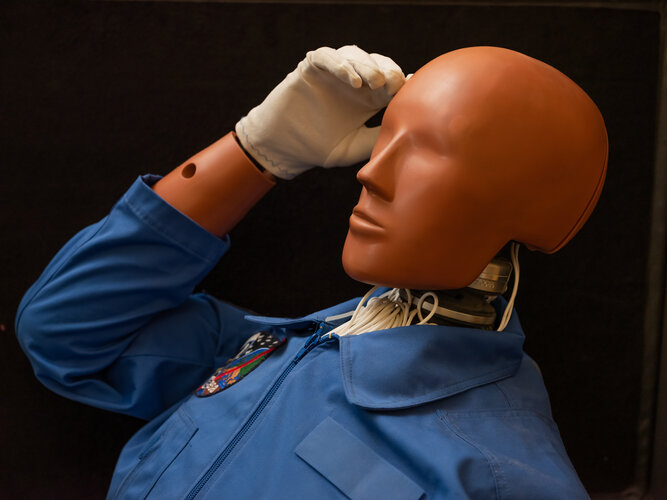 Image:
Crash test dummy
Image:
Crash test dummy Access to the 'SpaceDataHighway'
 The 'Columbus Ka-Band Terminal' (ColKa) has commenced service. "The volume of scientific data generated by the experiments on the International Space Station (ISS) is continuously increasing. ColKa gives the Columbus laboratory on the ISS its own direct access to the SpaceDataHighway. The high-speed satellite link will significantly accelerate 'data traffic' to Europe.
Many scientists will
The 'Columbus Ka-Band Terminal' (ColKa) has commenced service. "The volume of scientific data generated by the experiments on the International Space Station (ISS) is continuously increasing. ColKa gives the Columbus laboratory on the ISS its own direct access to the SpaceDataHighway. The high-speed satellite link will significantly accelerate 'data traffic' to Europe.
Many scientists will 
